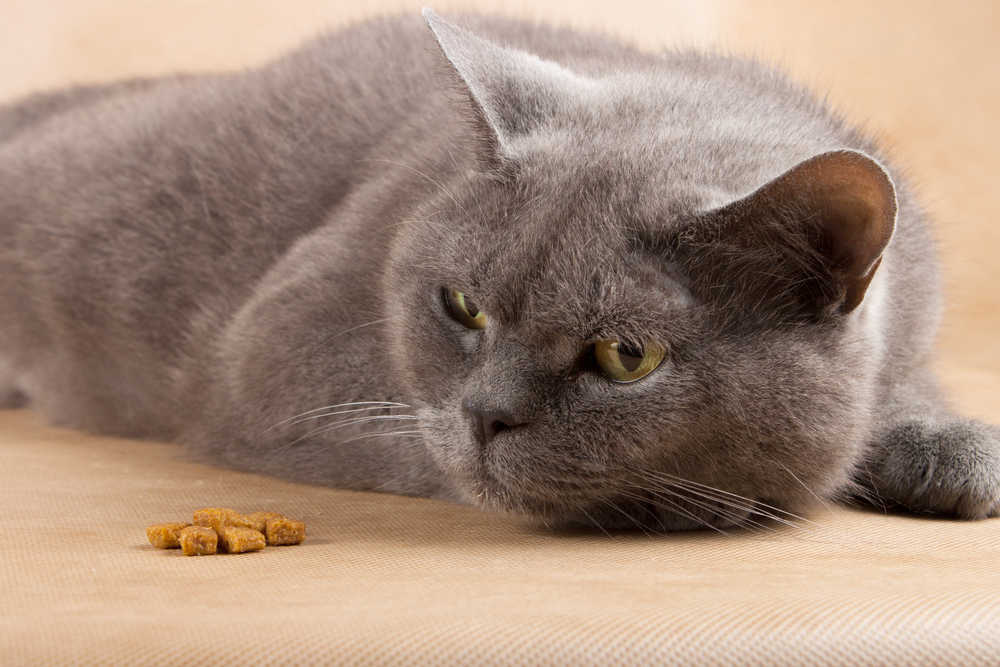As your pet ages, they experience many changes—graying hair, reduced vision and hearing, decreased stamina, and an increased susceptibility for health problems. While you expect the aging process to cause your senior pet to experience health changes, you will likely have to accommodate their shifting abilities and increase their veterinary care. Aging is a slow and gradual process, and pets often hide their pain or discomfort until the condition becomes unbearable—and advanced. Aging transformations can be subtle, and you need to keep a close eye on your pet’s health and behavior to ensure they are not suffering. Our Star of Texas Veterinary Hospital team believes all pets deserve to enjoy a life worth living, and share five tips to help you assess your senior pet’s quality of life (QOL).
#1: Schedule regular wellness exams for your senior pet
As your pet ages, their immune system weakens, and their illness and disease susceptibility increases. Veterinary medical advances are helping pets live longer than ever before, but senior pets still require extra care and attention:
- Wellness screenings — When pets reach senior status, they should have a veterinary examination at least every six months. To identify adverse health conditions at the earliest—most treatable—stage, your veterinarian will routinely perform your aging pet’s diagnostic screenings, such as blood work and urinalysis. Senior pets’ most common medical conditions include:
- Arthritis
- Cataracts
- Hypothyroid disease
- Kidney disease
- Cancer
- Parasite prevention — Keep your senior pet up to date with their monthly preventives to keep potentially life-threatening parasites at bay.
- Vaccinations — Keep your pet’s vaccinations current to protect them from a variety of infectious diseases.
Through early detection, your veterinarian can diagnose and treat your pet’s condition before the disease becomes advanced or life-threatening, helping ensure your beloved companion lives a long and healthy life.
#2: Watch for changes in your senior pet’s activity
By monitoring your pet’s activity, you can identify changes that may indicate they are in pain.
If your pet has trouble with daily activities—such as jumping up on the couch or getting in the car—they may have osteoarthritis, a degenerative and painful joint disorder that can cause permanent cartilage deterioration. Additional osteoarthritis signs may include:
- Walking stiffly
- Lameness in one or more legs
- Reluctance to use stairs
- Difficulty getting up and laying down
- Stiff, swollen joints
- Reluctance to be touched in certain body areas
- Decreased stamina
- Increased irritation
While osteoarthritis cannot be reversed or cured, your veterinarian can prescribe medication to manage your pet’s pain, so they can live more comfortably, and enjoy a good QOL. To support their mobility and reduce their pain at home, you should provide your pet with an orthopedic bed, raised feeding platform, and ramps to enable them access to essential areas, such as the yard to do their business.
#3: Monitor your senior pet’s behavior
Understanding your pet’s behavior can help you assess their QOL. Behavioral changes signal discomfort or pain, decreased vision or hearing, or cognitive dysfunction attributable to aging. Consider the following behavioral changes when assessing your pet’s QOL:
- Anxiety or nervousness
- Sleep-pattern changes
- Preferring solitude
- Noise aversion
- Increased vocalization
- Confusion or disorientation
- Inappropriately urinating or defecating
- Not responding to voice commands
- Unusually aggressive behavior
#4: Track your senior pet’s weight
Your senior pet’s weight changes can have a profound QOL impact. Overweight and obese pets have an increased risk of conditions such as arthritis, diabetes, and heart disease. In addition, extra pounds increase joint strain, causing your senior pet difficulty getting around, and reducing their enjoyment of activities such as walking and playing. On the flip side, unexpected weight loss can indicate your pet has an underlying disease, and you should schedule a veterinary checkup if your cat’s or dog’s weight or appetite decreases.
#5: Use a quality-of-life scale to assess your senior pet

A QOL scale is a survey tool that helps you objectively evaluate your pet’s comfort and happiness. The scale helps you evaluate seven wellbeing factors to determine your pet’s QOL score. To assess your pet’s QOL, consider these questions based on the following factors:
- Hurt — Is your pet’s pain well-managed? Is their breathing labored?
- Hunger — Is your pet getting their necessary daily nutrients? Are they able to feed themselves? Will they eat from your hand? Do they need a feeding tube?
- Hydration — Is your pet able to drink enough water throughout the day to stay hydrated? If not, are you able to administer subcutaneous fluids?
- Hygiene — Is your pet able to groom themselves appropriately? If not, are you able to keep them clean and dry?
- Happiness — Does your pet express interest and enthusiasm? Do they respond to family members and toys?
- Mobility — Is your pet able to get around without assistance? If not, can you move them when they need help getting up or down, or relieving themselves?
- More good days than bad — Does your pet have more good days than bad?
Use the QOL scale regularly to evaluate your pet, and identify changes over time. As you track your pet’s score, you will see when they start having more bad days than good, which indicates a decreased QOL.
By following these tips, you can reduce your senior pet’s pain and suffering, helping ensure their life is worth living. If you would like help evaluating your pet’s QOL, or need to schedule a senior wellness exam, contact our Star of Texas Veterinary Hospital team.






